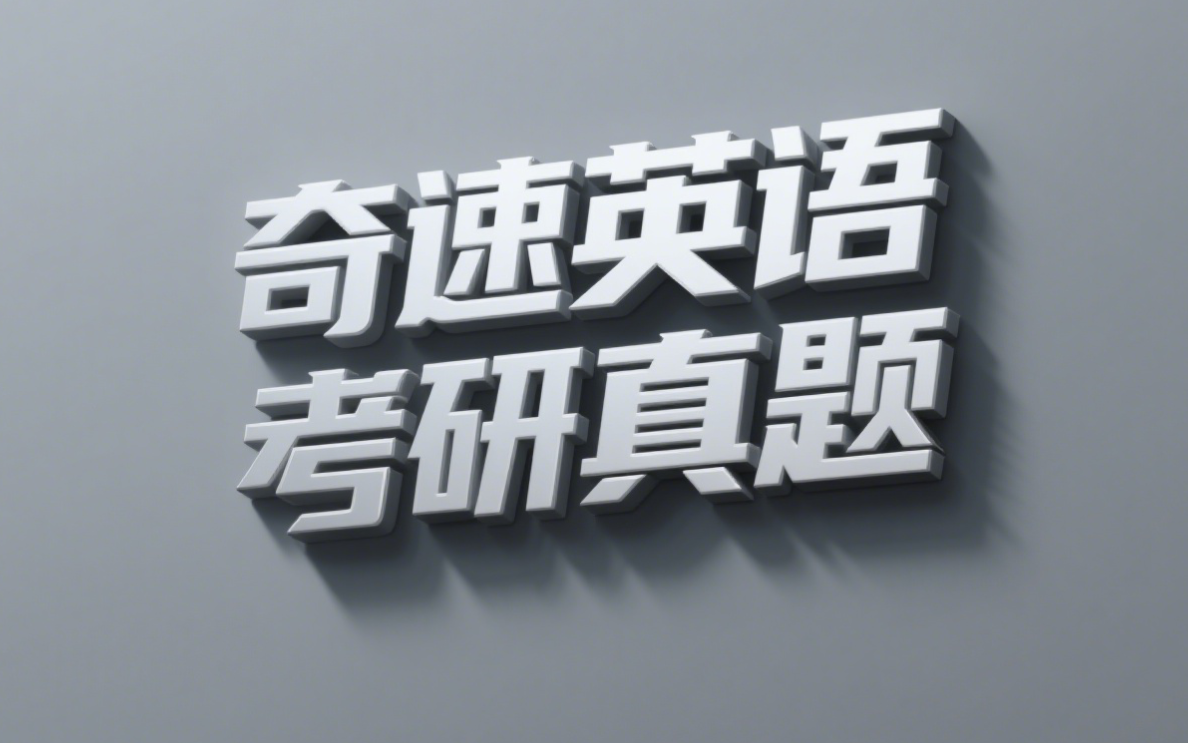①U.S. customers historically tipped people they assumed were earning most of their income via tips, such as restaurant servers earning less than the minimum wage. In the early 2010s, a wide range of businesses started processing purchases with iPads and other digital payment systems. These systems often prompted customers to tip for services that were not previously tipped.
②Today’s tip requests are often not connected to the salary and service norms that used to determine when and how people tip. Customers in the past nearly always paid tips after receiving a service, such as at the conclusion of a restaurant meal, after getting a haircut or once a pizza was delivered. That timing could reward high-quality service and give workers an incentive to provide it.
③It’s becoming more common for tips to be requested beforehand. And new tipping technology may even automatically add tips.
④The prevalence of digital payment devices has made it easier to ask customers for a tip. That helps explain why tip requests are creeping into new kinds of services. Customers now routinely see menus of suggested default options — often well above 20% of what they owe. The amounts have risen from 10% or less in the 1950s to 15% around the year 2000 to 20% or higher today. This increase is sometimes called tipflation — the expectation of ever-higher tip amounts.
⑤Tipping has always been a vital source of income for workers in historically tipped services, like restaurants, where the tipped minimum wage can be as low as US $2.13 an hour. Tip creep and tipflation are now further supplementing the income of many low-wage service workers.
⑥Notably, tipping primarily benefits some of these workers, such as waiters, but not others, such as cooks and dishwashers. To ensure that all employees were paid fair wages, some restaurants banned tipping and increased prices, but this movement towards no-tipping services has largely fizzled out.
⑦So to increase employee wages without raising prices, more employers are succumbing to temptations of tip creep and tipflation. However, many customers are frustrated because they feel they are being asked for too high of a tip too often. And, as our research emphasizes, tipping now seems to be more coercive, less generous, and often completely dissociated from service quality.
1. 1.According to Paragraph 1, the practice of tipping in the U.S.
A was regarded as a sign of generosity.
B was considered essential for waiters.
C was a way of rewarding diligence.
D was optional in most businesses.
2. 2.Compared with tips in the past, today’s tips
A are paid much less frequently.
B are less often requested in advance.
C have less to do with service quality.
D contribute less to workers’ income.
3. 3.Tip requests are creeping into new kinds of services as a result of
A the advancement of technology.
B the desire for income increase.
C the diversification of business.
D the emergence of tipflation.
5. 5.It can be learned from the last paragraph that tipping
A is becoming a burden for customers.
B helps encourage quality service.
C is vital to business development.
D reflects the need to reduce prices.







 更多优质学习内容
更多优质学习内容



